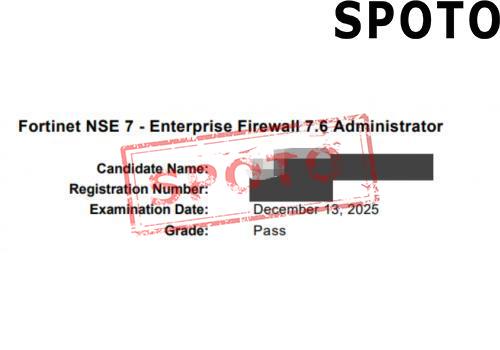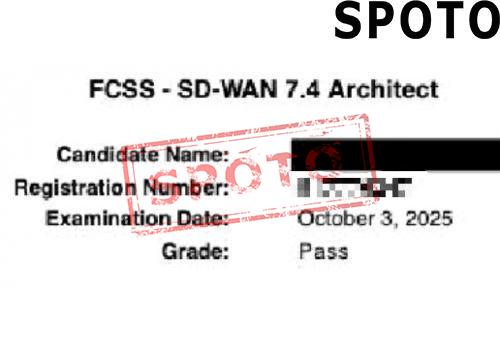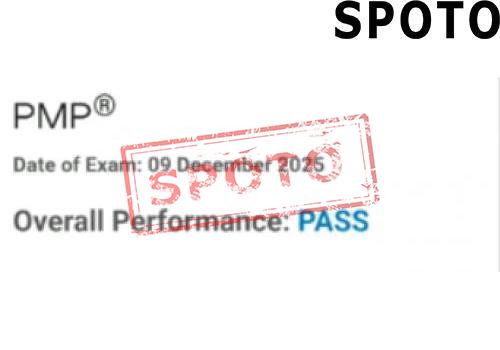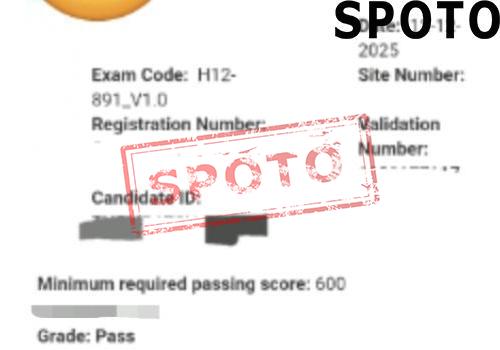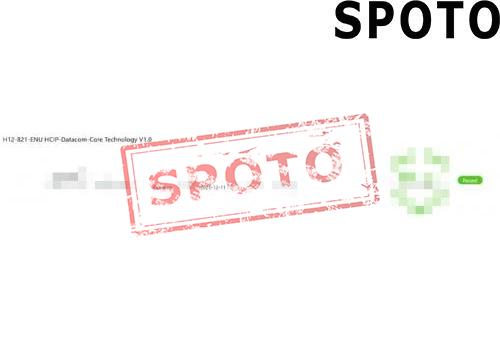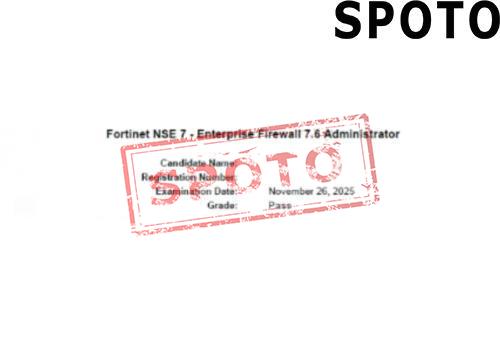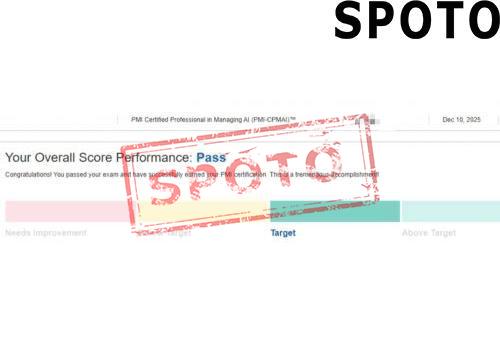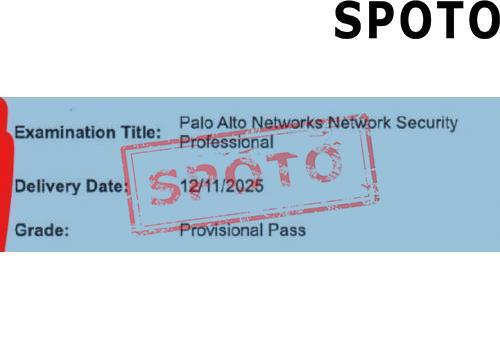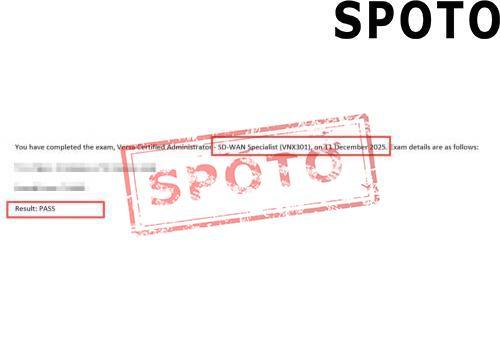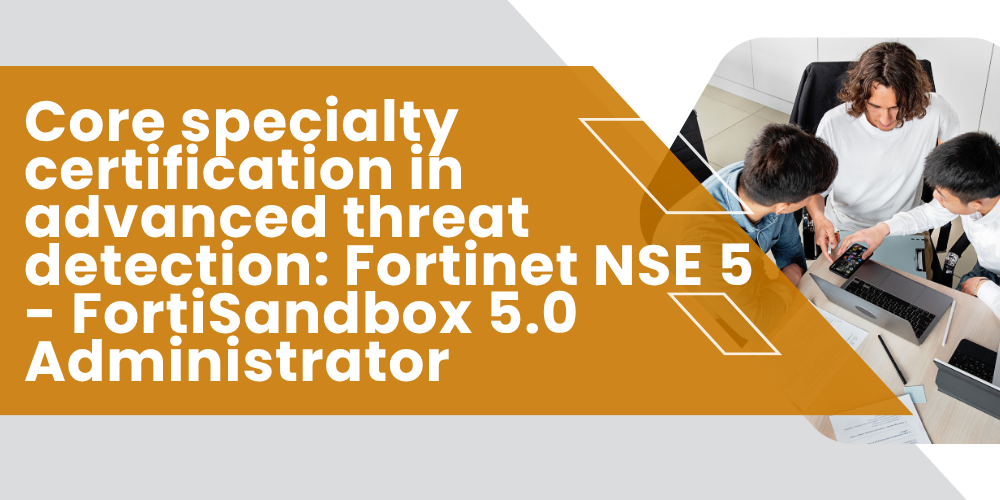
Table of Contents
- 1. Introduction to the Fortinet NSE 5 - FortiSandbox 5.0 Administrator certification
- 2. Why Earn Your Fortinet NSE 5—FortiSandbox 5.0 Administrator Certification?
- 3. Overview of the Fortinet NSE 5 - FortiSandbox 5.0 Administrator Certification
- 4. What are the requirements to be a Fortinet NSE 5 - FortiSandbox 5.0 Administrator?
- 5. Comparable Certifications to Fortinet NSE 5—FortiSandbox 5.0 Administrator Certification
Fortinet NSE 5—FortiSandbox 5.0 Administrator is a certification that demonstrates practical capabilities in focusing on malicious file analysis and coordinated defense.
1. Introduction to the Fortinet NSE 5 - FortiSandbox 5.0 Administrator certification
Fortinet NSE 5 - FortiSandbox 5.0 Administrator is an advanced specialized certification in the Feita Network Security Certification System, focusing on verifying practitioners' practical abilities in malicious file detection, threat analysis, sandbox linkage defense, and security event tracing based on the FortiSandbox 5.0 platform. It is a core qualification in Fortinet's threat protection and security operations field, and a key step in the transformation from "basic security protection" to "advanced threat detection experts."
FortiSandbox is the "malicious code deep analysis core" of Fortinet's threat protection ecosystem, specializing in dynamic sandbox analysis of unknown files. By simulating a real operating environment, it detects malicious behavior, extracts IOC, and generates threat intelligence.
The core of the Fortinet NSE 5—FortiSandbox 5.0 Administrator certification is to cultivate "practical malicious threat analysis and linkage defense experts in the Fortinet ecosystem," rather than just platform operators.
Holders of Fortinet NSE 5—FortiSandbox 5.0 Administrator certification need to be proficient in the core functions of FortiSandbox 5.0, able to meet the advanced threat protection needs of enterprises, complete sandbox configuration, file analysis, threat intelligence application, and linkage defense, solve complex threat detection problems, and block complex attacks such as advanced persistent threats.
2. Why Earn Your Fortinet NSE 5—FortiSandbox 5.0 Administrator Certification?
NSE 5—FortiSandbox 5.0 is the authoritative certification for Fortinet's threat analysis direction. Fortinet partners often list it as a "must-have" when recruiting for advanced threat detection positions, which is the core distinguishing factor between ordinary security personnel and advanced threat experts.
The NSE 5-FortiSandbox 5.0 certification focuses on the malicious file analysis and linkage defense capabilities of FortiSandbox 5.0. After passing, it can be proven that it has the practical ability to independently respond to unknown threats, and can directly undertake advanced threat detection projects, becoming the core backbone of the security team.
Holders of NSE 5–FortiSandbox 5.0 can join the Fortinet Advanced Threat Analysis Community to access the official malicious sample library, threat intelligence updates, and exclusive technical support; prioritize participation in the Fortinet Threat Protection Summit and offline training, connect with experts in the same field and high-end project opportunities, and lay the foundation for advanced NSE 6-7 expert level certification.
3. Overview of the Fortinet NSE 5 - FortiSandbox 5.0 Administrator Certification
For security professionals who are committed to becoming advanced threat analysis experts and wish to master the core skills of modern sandbox detection and response, certification around the FortiSandbox 5.0 platform is a highly valuable professional qualification.
The NSE 5—FortiSandbox 5.0 Administrator certification focuses on in-depth analysis and coordinated response to advanced persistent threats throughout the entire process, aiming to comprehensively verify your advanced capabilities in using FortiSandbox for malware analysis, threat intelligence generation, and automated defense strategy implementation. It is a key advancement from traditional defense to proactive threat hunting.
As the cornerstone of stable platform operation, basic configuration and management require mastery of device initialization deployment, network communication configuration, and log integration to ensure that sandboxes can work in conjunction with security devices such as FortiGate, establishing a reliable foundational environment for subsequent in-depth analysis.
The submission and analysis configuration of malicious files are the core operational steps of authentication. You will learn to configure a multi-channel file submission mechanism and be able to finely set dynamic and static analysis strategies based on file types and risk levels to maximize the detection efficiency and depth of sandboxes for unknown threats.
The malicious threat analysis and IOC extraction module are the technical essence of authentication. You need to be proficient in static feature detection and dynamic behavior analysis, able to extract key IOC indicators from sandbox reports, and accurately interpret the behavior chain, threat level, and attack intent of malicious software, achieving a leap from "seeing alerts" to "understanding attacks."
Through threat intelligence application and coordinated defense, you will learn how to transform analytical capabilities into actual protective capabilities. This includes automatically synchronizing custom IOC intelligence generated by sandboxes to security devices such as FortiGate, and configuring automated response rules to achieve closed-loop defense from threat discovery to network wide blocking, greatly reducing threat dwell time.
Faced with internal and external audit requirements, you need to master the generation of detailed technical analysis reports and compliance reports, and be able to manage permissions and automatically distribute them, providing standardized outputs for secure operations and compliance certification.
Finally, the NSE 5—FortiSandbox 5.0 Administrator certification requires you to have the ability to ensure the efficient operation of the platform. This involves rapid identification of issues such as failed analysis tasks and linkage failures, as well as ensuring the platform's ability to continuously address the challenges of analyzing massive sample sizes through performance monitoring and queue optimization.
In summary, obtaining the NSE 5—FortiSandbox 5.0 Administrator certification not only demonstrates your expert level ability to manage enterprise level sandbox platforms and implement proactive threat defense, but also signifies that you have become the core driver of enterprise security operations shifting from passive alarm handling to proactive threat hunting.
4. What are the requirements to be a Fortinet NSE 5 - FortiSandbox 5.0 Administrator?
(1) Qualification prerequisites:
Before taking the NSE 5—FortiSandbox 5.0 Administrator exam, you need to pass the Fortinet NSE Level 4 certification and have experience in basic Fortinet product operations and security protection.
We recommend that you have at least 1 year of experience in network security or threat detection, and understand the basic behavioral characteristics of malicious code. Familiar with the basic functions of Fortinet's security ecosystem products and understand the logic of threat protection linkage.
(2) Training and examinations:
NSE 5—FortiSandbox 5.0 Administrator has approximately 60 multiple-choice questions, scenario analysis questions, and practical simulation questions. The exam lasts for 120 minutes. The exam has a maximum score of 1000, with a passing score of 700 or above. The exam fee is approximately $400.
(3) Qualification maintenance:
The NSE 5-FortiSandbox 5.0 Administrator certificate is valid for 3 years. You need to complete Fortinet's designated continuing education training or pass a higher version of NSE 5 certification within the validity period to renew the certificate's validity.
5. Comparable Certifications to Fortinet NSE 5—FortiSandbox 5.0 Administrator Certification
- Palo Alto Networks Certified Network Security Engineer
- Cisco CyberOps Associate
- Check Point CCSA (Check Point Certified Security Administrator)
- GIAC GCIH (GIAC Certified Incident Handler)
